David's perspective on 'life in Kerikeri'
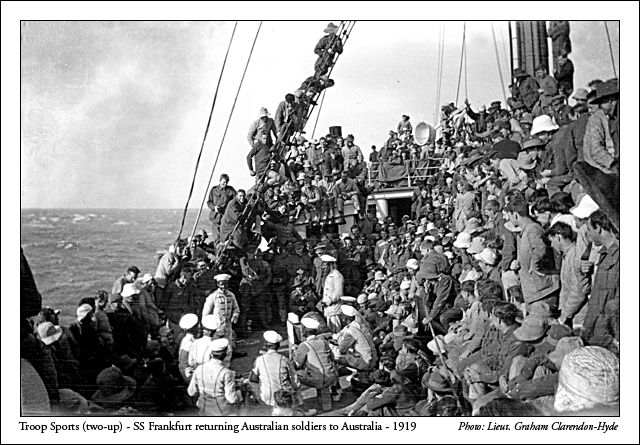
David's perspective on 'life in Kerikeri'
|
|
APPENDIX 1
Chap. 1: Early Day's in Kerikeri Chap. 2: Coolalie and Twins Chap. 3: Dad's Army Chap. 4: Early School Days Chap. 5: N.Z. Friends School Chap: 6: Rivervale School and Pony Club Chap. 7: Marist Convent Chap. 8: Northland College Appendix 2 - Coolalee's sale tender document Index for this page:
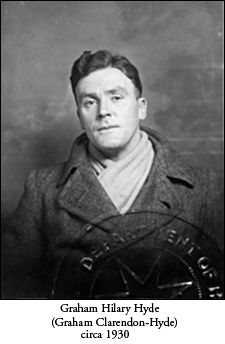
My grandfather Captain John Francis Hyde died when his son Graham was nine years old. The family was left destitute as my grandmother had sold all her property to pay off debts on my grandfather’s estate. His eldest half-brother, Frank Hyde, inherited the estate debt free but did nothing to assist my grandmother and her family. Until the age of fifteen Graham spent his schooling at the Royal British Orphan Asylum which was for children from good families who had only had one surviving parent. He disliked his time at this boarding school. After five years of working on farms/orchards in Australia he joined the Australian Army at the outbreak of WW1. 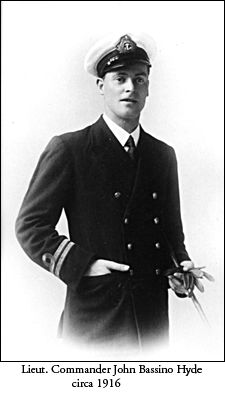
Graham rose to the rank of 1st. Lieutenant and managed to survive many horrible battles and three gas attacks. The soldiers returning to Australia on the SS Frankfurt must have all thought that they were heading for much better times. Unfortunately for Graham, his elder brother ‘Jack’ Bassano Hyde died in the Spanish Flu epidemic of 1918. ‘Jack’ was the youngest Lieut. Commander in the Royal Navy. If Jack had survived I think that he would of helped Graham during the great depression and perhaps helped to modify Graham’s behaviour towards his family in later years. 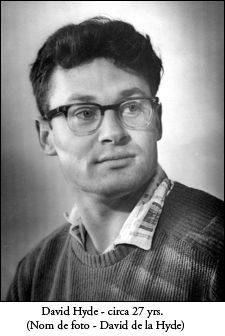
A citrus and subtropical fruits orchard/farmlet at Kerikeri was an attractive location to spend one’s childhood. Kerikeri in the 1940’s and 50’s was relatively sparsely populated. Opposite us was Riddell’s farm and further back government land both having pockets of bush that were enjoyable to explore. There being no snakes or wild carnivorous animals made it even more attractive. My father gave me a pocket watch, and when I wanted to explore the bushland I would give an estimated time that I would be back, and was careful not to overstay the limits. It was almost impossible to get lost because of the many small streams that ran downhill towards grassed paddocks, and from the higher elevation it was usually easy to see Shepherds Road. Resulting from these experiences I have always loved exploring forest tracks. On the orchard a nice feature was being able to wander out from the house and steal plums, nectarines, mandarins etc at almost any time – being careful to throw away incriminating evidence such as mandarin skins into the long grass under the shelterbelt hakea hedges. Our parents tried to introduce us to sailing by buying an open sailing dinghy. Mother enjoyed sailing in La Trinité, France, on her summer vacations with her aunt Winifred Pease’s family. Unfortunately this introduction to sailing came to an end when we had to be rescued somewhere off “Old Women’s Island” (Wainui Island?) when a sudden gust of wind capsized the boat and it filled with water. Looking back I would rather have trained to be a better swimmer and gone out again. Later in my forties I enjoyed wind-surfing, canoeing and sailing. III. Boarding Schools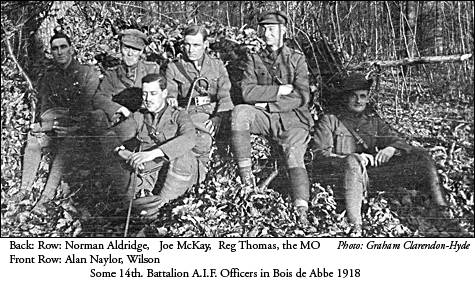
Until the time I started going to Boarding schools I think that I was relatively carefree and extroverted. However a major experience of Boarding Schools at the primary school stage was to have friendships developed over a few terms suddenly coming to an end, when parents withdrew their sons from the school. Thus I tended to shy away from close friendships and became more introverted. At the same time the orchard was not generating a good income and the financial strain of following an apparently English custom of sending their children to boarding schools, began to introduce stresses on my parents. Thus my father began to show an inherent prejudice against women (why I do not know – his mother was an active in the suffrage movement in England) and began to treat in particular Audrey and my mother in an unpleasant manner. 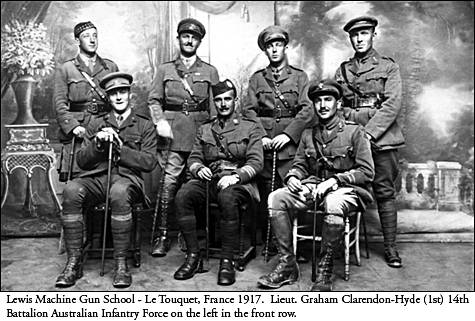
Thus, like Audrey, I began to dread going home because I intensely disliked the violent atmosphere there. Because we were relatively isolated, my father being the dominant personality, had total power over three individuals, and this is not a comfortable situation. On school holidays taken at home I took on a low profile so that I would not upset him and could escape once more to boarding school. My relationship with my parents was never normalised and it was only when I was in my sixties, with the advent of the WWW in the 1990’s that I began to explore who my relations were. I started with Graham’s half-brother the artist Frank Hyde. Father despised Frank (and for good reasons) but he was proud of the fact that he had exhibited paintings at the Royal Academy. Starting with a few pictures I have developed a virtual gallery of over fifty – supplied by people from all over the world. This has helped get Frank noticed as an artist once again – he was famous within his lifetime. IV. Mothers Family Secrets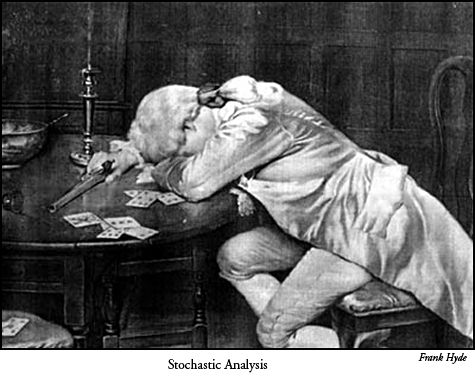
Because my father tended to belittle my mother’s family I tried to think of something I could write on her family. Unable to decide what I could do, I started with her scrapbook. To my surprise, her family (Hudleston) has turned out to be far more interesting than the Hyde family - and I have taken a certain wicked delight from this. In the time we lived in Kerikeri some her relations could not be discussed too deeply – for instance there was her first cousin the famous novelist, short story writer and poetess, Sylvia Townsend Warner – but she was a LESBIAN and a COMMUNIST sympathiser. Then there was another first cousin the novelist and short story writer, Ivy Litvinov. But her husband – a famous man - Maxim Litvinov, at one part of his career was the SOVIET Commissar of Foreign Affairs. Joan’s father the brilliant ‘Frank’ Hudleston CBE, Chevalier of the French Legion of Honor, who was a military historian and principal librarian at the British War Office could be mentioned. But her parents were DIVORCED and her mother was an ALCOHOLIC. To top it off Joan’s maternal grandmother NEVER MARRIED her partner Colonel Richard Aufrere Baker (there was no reason not too - except she died at the age of 33). Much later in life Graham finally stated that his father, Captain John Francis Hyde of Hyde End Estate, Brimpton, Berkshire, was a DRUNKARD and a GAMBLER. I am rather amused by it all now. V. Photography and a Summary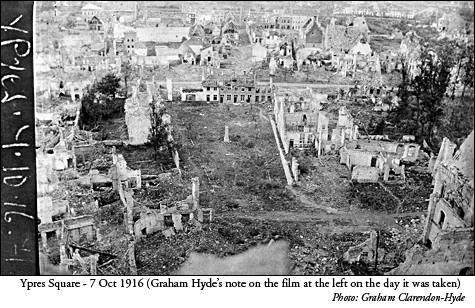
A gift that I have always appreciated from my father is the 127 film Kodak vest pocket autographic camera that he surreptitiously used in WW1. I still have it. It was the seed for my interest in photography as a hobby and I have always admired my mother’s skill in photographic composition – even though she took relatively few photographs. She used an folding bellows Kodak camera, using 20/220 film, and taking 6x9cm negatives dating from circa 1922. All the WW1 photos illustrated in Audrey's Story have been scanned from the original negatives which are over 90 years old. I do not dispose of old negatives even if they are covered with mold. What I regret most about the difficult relationship between my parents is that it probably halted my mother’s development as a writer. There were many writers in her family and I believe that she had the potential to have become a successful novelist. I think that the best quality my father had was courage, and indeed he proved himself to be a brave soldier in WW1, and I think that Audrey has inherited it also as illustrated by the personal account she has written on ‘life in Kerikeri’. Summing up, Audrey’s account illustrates that a family can live in semi-idyllic surroundings, but if the interpersonal relationships are not pleasant, then life for some of its members can become intolerable. 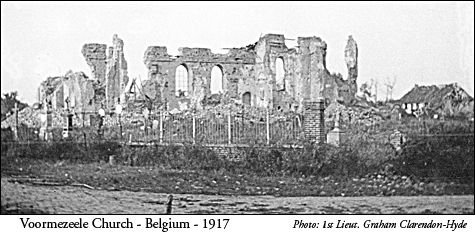
|